The GRIP Model is a performance tool any team can use, be it sports teams or management teams to improve their team’s effectiveness and promote their sports team development. In our article on using the GRIP Model for Pre-Season Preparation we discussed how to incorporate this into your sports team in the critical pre-season environment. This article incorporates the GRIP Model tailored to those working in a management team. (Off the back of work we do with sports teams, we also do a considerable amount of work with their associated management team enabling both sides of the sporting fence to essentially, be on the same page).
Research by The Covey Foundation found that 90% of employees do not know what their organizations number one priority is. Defining Goals are a critical element of the GRIP Process. In addition, role clarification and enhancing interpersonal relationships are also elements of GRIP. Research conducted by Florida University found one in six employees left their jobs due to poor interpersonal relationships with managers and team members. Exiting employees spoke of the negative manner in which supervisors treated them and negative relationships within their workplace. GRIP can help reduce miscommunication and help your organization become a better working environment for all involved. This reduces turnover, absenteeism and ultimately, raises employees engagement levels, contributing to better outcomes for sport overall.
GRIP stands for Goals, Roles, Interpersonal relationships and Procedures and processes. Each element is necessary and studies into effective teamwork have concluded that when teams underperform, at least one of these elements is missing.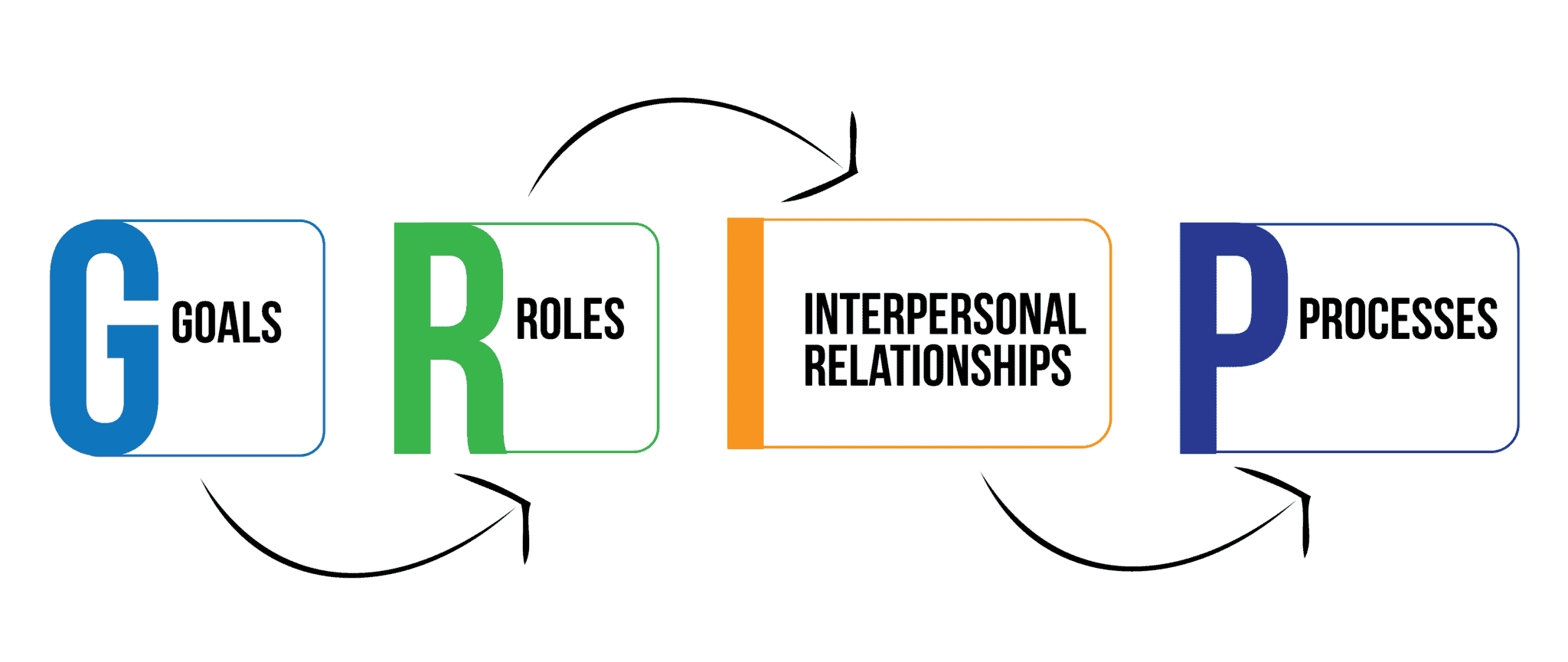 The GRIP Model can be used during your planning cycle, to kick off a new financial year, or even as an opportunity to regroup. Often, when underperformance problems occur within a team, poor behavior, clashes in team dynamics and people heading in divergent directions can be due to vital time not being invested upfront. A framework must be set for all to understand what is and is not expected of them. GRIP helps your management team start out on the right foot. Prevention of poor performance is always better than an attempt to cure it.
The GRIP Model can be used during your planning cycle, to kick off a new financial year, or even as an opportunity to regroup. Often, when underperformance problems occur within a team, poor behavior, clashes in team dynamics and people heading in divergent directions can be due to vital time not being invested upfront. A framework must be set for all to understand what is and is not expected of them. GRIP helps your management team start out on the right foot. Prevention of poor performance is always better than an attempt to cure it.
The G stands for Goals
Developing teams and individual Goals is the first element of the GRIP Model. This is the first discussion to have with those in the team. In your organization, some fundamental goals will already be in place in the form of existing business plan strategies. Unless these need reinventing, it is more about breaking these down into meaningful Goals for each respective team and then individual. However, in addition to the study by Covey, research from European Leaders, found 68% of employees surveyed fail to understand their company’s mission and vision.
Test this yourself by randomly asking your people, what your organization’s mission, vision or even values are.
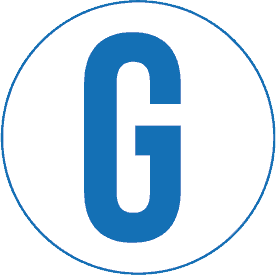 Your team also wants to focus on the goals specific for the time period they are looking at. If you are looking at the year ahead, what are the specific goals your organization will have? This analysis of goals cascades down into the various departments of your organization. E.g. The membership department in their goals setting meeting may decide to aim for 10% increase in growth in the next year. This of course impacts every other part of an organization, simply because organizations by their very nature are systemic. Meaning, change one thing and something else also changes.
Your team also wants to focus on the goals specific for the time period they are looking at. If you are looking at the year ahead, what are the specific goals your organization will have? This analysis of goals cascades down into the various departments of your organization. E.g. The membership department in their goals setting meeting may decide to aim for 10% increase in growth in the next year. This of course impacts every other part of an organization, simply because organizations by their very nature are systemic. Meaning, change one thing and something else also changes.
Goals need to be measurable and this can translate into almost any organizational department, from 1,000 new followers on twitter, to 15% reduced costs to 5% improvement in employee engagement levels. At this stage, not everyone may believe that these goals are achievable, but by articulating these goals, it implies that there is a standard of behavior which must be adhered to. The more challenging the goal, the more people know the standard of behavior required to achieve it.
Setting these goals upfront and gaining commitment from everyone in the team sets a strong standard which they must be reinforced regularly.
Once team goals are decided, each team member is to commit to their own individual goals (or goals for their department). These goals should be reflective of the team goal and based on measurable improvements which contribute to it being possible to achieve the overall team goal.
Organization and Team Identity
Creating the identity with which the organization and team would like to be known for is the next progression in the Goal setting phase. Although there is a fundamental outline in the mission statement, it is important to consider what the external and internal identity of the organization is, or if it should be changed. An organization’s or team’s identity is the sum total of the regularly occurring behaviors committed by each employee and even more so, by the team leaders. This includes the behaviors which are and are not acceptable to goal achievement and performance. Some examples of behaviors are turning up on time, being courteous and respectful to others, returning phone calls promptly, giving 100% effort when at work and supporting each other to help achieve the respective goals. There are also a range of unacceptable behaviors which also need to be articulated. You can create your own lists, but the point of doing all of this is so you never have to hear someone on the team say, “No one told me that!”
R stands for Roles
 The Roles in a team encompass more than simply the technical position you were hired for. Although this is part of it, the main aspect to roles is having each team member understand what their role is beyond their job in Sales or Marketing or Membership. Every team member is expected to make a contribution beyond the function they were hired to perform. Below is a unique way of understanding roles beyond technical functions.
The Roles in a team encompass more than simply the technical position you were hired for. Although this is part of it, the main aspect to roles is having each team member understand what their role is beyond their job in Sales or Marketing or Membership. Every team member is expected to make a contribution beyond the function they were hired to perform. Below is a unique way of understanding roles beyond technical functions.
Examples of this could be supporting the organization from within, helping promote the organization externally or working in the community to promote the organization, even putting your hand up to organize a social function or help a team member who is doing it tough, are examples of critical roles in a team. The list goes on and every situation is different. Some roles are more leadership related and some more to do with being supportive to others. Some roles may also mean providing enthusiasm and energy or being the team member who sets the pace at work. Each person within the team identifies, commits to and shares what their role within the team is. This step also links closely to interpersonal relationships.
The importance of hiring people who “fit” with your organization is clear and a recent article by Hay Group demonstrates the growing trend for employers, to hire based on personality and ‘fit within the team’ over and above, technical ability. Even in highly technical roles such as accounting!
I stands for Interpersonal Relationships
 This is where our clients use the Sports ManagerDISC to better understand themselves and their impact on others. So many teams underperform due to the personality conflicts created through lack of understanding.
This is where our clients use the Sports ManagerDISC to better understand themselves and their impact on others. So many teams underperform due to the personality conflicts created through lack of understanding.
Recent research by European Leaders has found poor communication is responsible for reduced performance in the business world and only 36% of employees believed they were working to their full potential.
It is clear how better communication and understanding is vital for improved performance in your organization. Conflicts within any team erode the strong bonds which would have otherwise been created. By profiling all team members, differences in personality can be turned into strengths. As well, some team member profiles are more suited to certain roles. For example, team members who are highly interactive and people -orientated are more suited to roles involving interaction with others and networking or meeting new clients
Whether you use our profiles or not, the key to this step is ensuring each team member understands themselves to a high degree, and has a strong understanding of their fellow team members. It is vital each person is acknowledged and valued for what they individually bring to the team. This is also one of the key areas for early prevention of ‘personality clashes’ which will occur later under pressurized situations. Some people may not be aware of how their own behavior can positively or negatively impact others on the team. Building this awareness and developing strategies to ensure this supports the organization, is where the best results are achieved.
P stands for Procedures and Processes
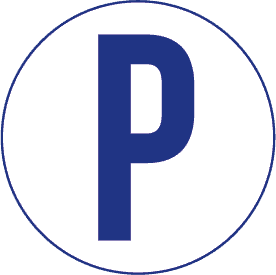 These are the rules which govern behavior, expectations and absolutely the consequences when standards are not met. Your organization undoubtedly has policies and procedures put in place to govern behavior. Creating procedures and processes individual to your team is an important part of developing a cohesive and productive team environment.
These are the rules which govern behavior, expectations and absolutely the consequences when standards are not met. Your organization undoubtedly has policies and procedures put in place to govern behavior. Creating procedures and processes individual to your team is an important part of developing a cohesive and productive team environment.
By explicitly stating the rules and procedures, every person knows where they stand and what is expected. In addition, simple procedures for meetings, such as time, agendas in advance, expectations of how and when to contribute, who takes notes, how will action items be followed up and the list goes on.
The final aspect of this process is a creative one which brings the GRIP model together.
For each step of GRIP, symbols are to be attached to the goals, behaviors and key issues. What this means is having tangible links that team members can refer to when they are working, or interacting with other team members. Can you think of any symbols which for example, symbolize the value of professionalism or the behavior of 100% effort? You might use posters or objects or ribbons or anything that can be a visual and physical reminder to everyone in the team. Symbols are extremely powerful and work as a constant positive reminder of what is most important to team success.
So, in your organization, make sure you get a ‘GRIP’ and establish team symbols to make your team environment the best it has ever been.
Where to from here?
For more information or if you have any questions, contact us to find out how we can help you. If you want to know more about the AthleteDISC, CoachDISC and ManagerDISC profiles, go to the pages specifically for athletes, for coaches or for team managers and sports administrators.
You may also enjoy our article what Best Practice Sporting Organizations get right with Coach Performance Reviews.
At Athlete Assessments, we’re here to provide you with excellence in service and here to help you be your best. If there is anything we can assist you with, please Contact Us.
Recommended Articles
This article was written during national team selection time for one of our clients. It reminded me of how I felt during my own selection for various national and Olympic teams, and inspired me to share the most important lessons I learnt about the connection between training and competition. This article is about techniques to help athletes control their nerves so they can compete at least as well as they train, if not better. At the end of this article, I’ve also included my top three coaching tips for helping athletes manage their nerves during competition.
Being strategic about your athlete induction program helps you to set the foundation for your program. We've compiled a list of seven things to get right to ensure your athletes start on the right foot.
Using DISC to Create high-performance TeamsGreat teamwork happens when your athletes embrace the philosophy that they should be the best person for the team rather than the best person on the team. In the selection…
Every high-performance sports team goes through the four main stages of team development. As a Coach you should understand the Stages of Team Development your team will be working through and how to help them achieve their best during each stage.


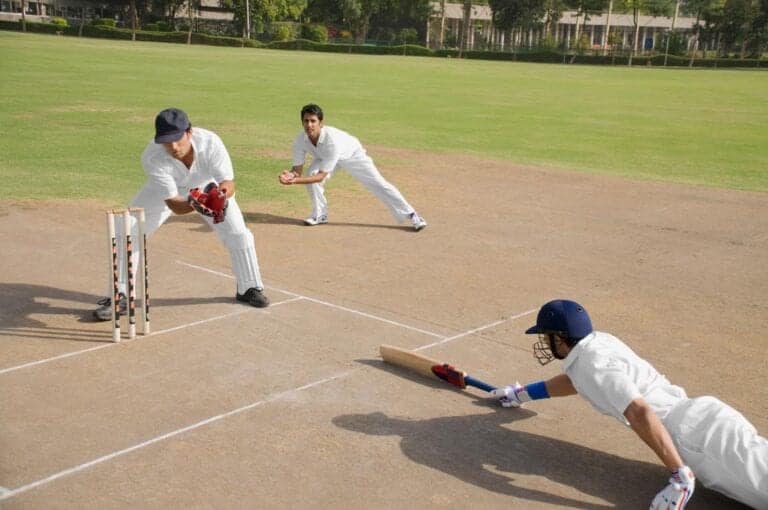

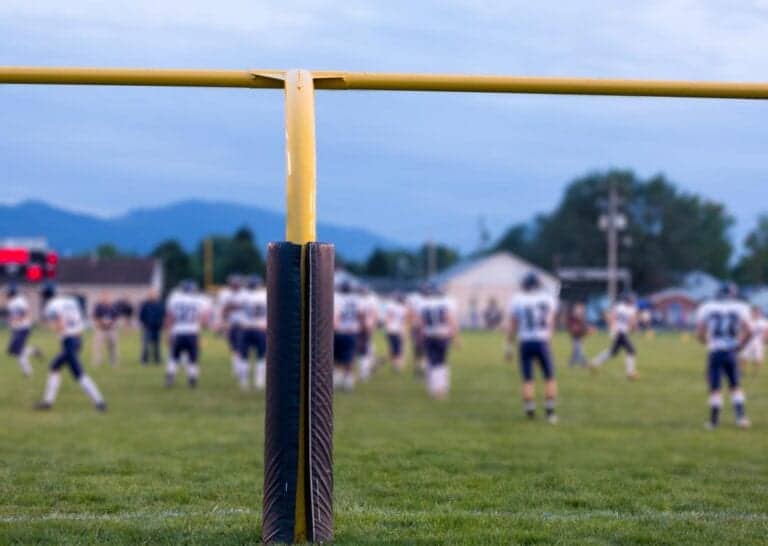
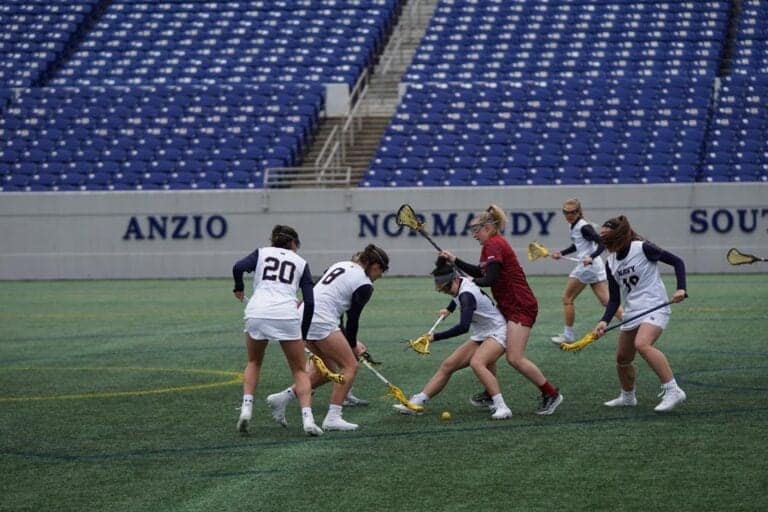
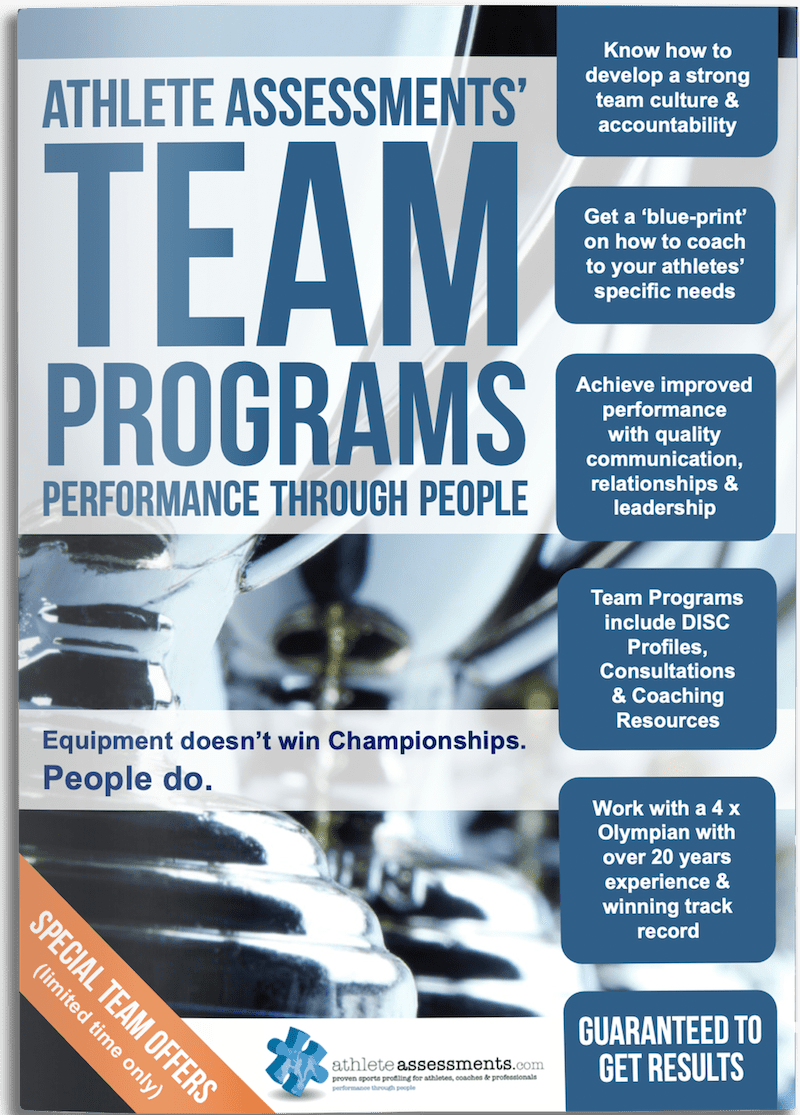




2 thoughts on “Sports Team Development – Get a GRIP”
Is there any empirical research supporting this model? Would like to use for a project but am having trouble finding supporting research.
Hi Dabney
We have a few articles on our site, but this is our main one. There may be other websites with varied information but this is the best spot to be!
My best
Abby